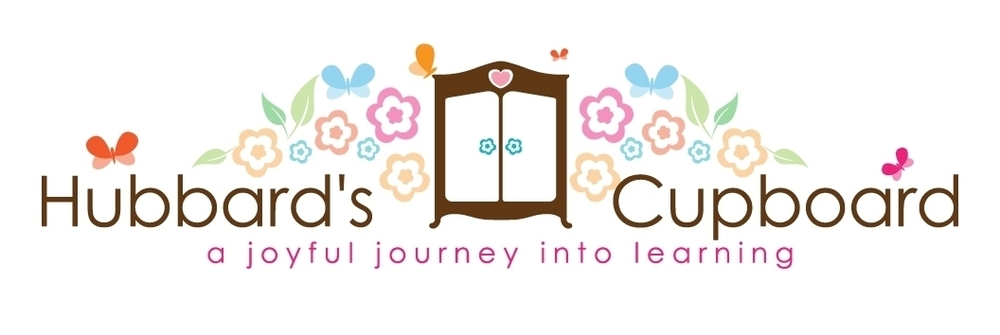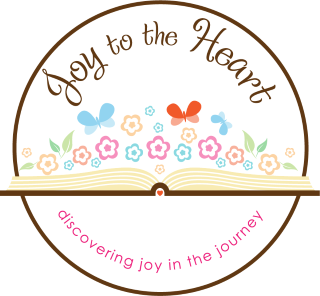Curriculum Goals
The following are common curriculum goals for kindergarten students.
Language Arts
- Identifies front, back, title, and author of a book.
- Demonstrates top to bottom, left to right progression
- Distinguishes letters from words and words from sentences
- Identifies all uppercase and lowercase letters
- Demonstrates knowledge of beginning sounds by printing correct letter symbols with corresponding pictures
- Orally tells what sound is heard at the beginning and ending of words
- Blends CVC sounds aloud to make a word
- Rhymes
- Count the number of sounds in a syllable and the number of syllables in a word
- Reads one syllable and common words by sight such as "the", "I", "is"
- Makes predictions
- Demonstrates comprehension of stories by orally retelling or acting out
- Identifies characters, setting, and main idea of a story
- Prints name correctly "on line"
- Prints alphabet letters legibly without a model
- Uses writing (letters, pictures, and words) to express own meaning
- Writes from left to right and from top to bottom
- Writes some simple CVC words spelled correctly and longer words phonetically (as they sound)
- Orally state the names of the days of the week and months of the year
- Identifies the eight basic colors and reads the corresponding color words
- Understands and follows one and two step spoken directions
Mathematics
- Demonstrates 1 to 1 correspondence
- Sorts and classifies objects by position, shape, size, color, number of corners, etc.
- Identifies, copies, extends, and creates patterns
- Can count to 100 by 1's and 10's
- Identifies the five basic shapes (circle, oval, square, rectangle, triangle)
- Draws the five basic shapes
- Identifies numerals (0-10)
- Labels sets (0-10) with correct numeral
- Compares sets of objects and uses the terms equal, more than, or less than correctly
- Can count backwards from 10
- Identifies coins (penny, nickel, dime, quarter)
- Joins and separates sets of objects
- Tells time to the hour
- Identifies half versus whole
- Divides sets of objects into equal groups
- Measures length with a variety of non standard measurements
- Compares measurements and uses the terms shorter, longer, taller, heavier, warmer, cooler, holds more, etc. correctly
- Uses positional words to explain location(left, right, on, off, inside, between, above, below, etc.)
- Interprets graphs
Fine Motor Skills
- Holds pencils and scissors correctly
- Cuts on lines
- Outlines and colors neatly within the lines
Gross Motor Skills
- Hops on both feet together
- Hops on one foot (left and right)
- Marches
- Gallops
- Skips
Home Skills
- Recites address from memory (including city, state, and zip code)
- Recites telephone number from memory (including area code)
- Recites birth date (including year)
- Demonstrates the ability to put on and fasten outer clothing (unassisted)
- Ties shoes
Social and Work Habits
- Puts forth best efforts in work
- Takes care of school materials
- Uses self control to follow school rules
- Works independently
- Completes work in a reasonable amount of time
- Follows directions
- Listens attentively to others
- Stays on task
- Willingly participates in activities
Kindergarten students are introduced to many science and social studies topics as well, but are not expected to have mastered these areas. Some sample topics are shown below.
Possible Science Topics
- Natural Sciences: animals, plants, weather, space, earth science
- Physical Sciences: magnets, float and sink, etc.
- Health and Safety: teeth, Mr. Yuk, body parts, nutrition and food groups, five senses, fire safety, etc.
Possible Social Studies Topics
- Home: Self/ Family/ Friends
- Community: community helpers
- History: Holidays such as Thanksgiving, President's Day, Martin Luther King Jr. Day, Memorial Day, etc.
- Economics: wants and needs
- Government: respecting rules and rights of others
Be sure to check your state's academic standards!










